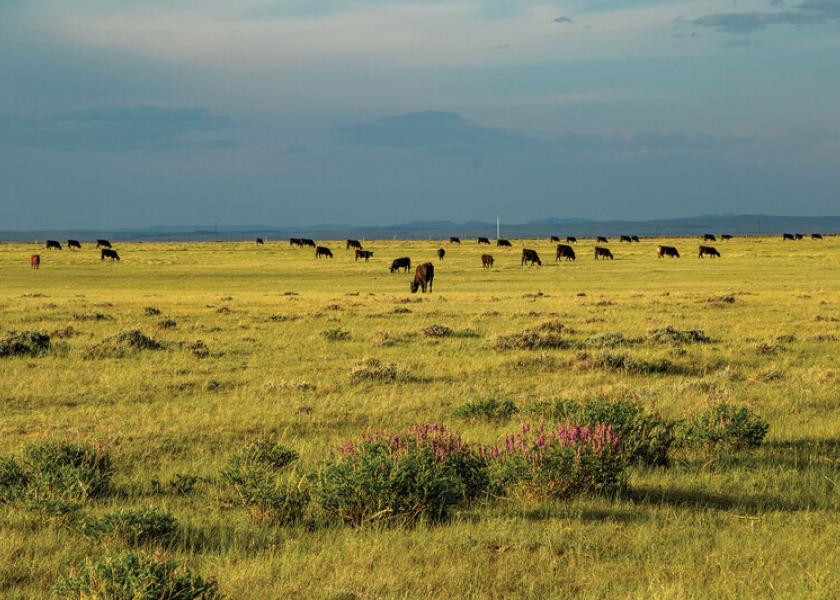Restoring Soil Biodiversity Can Improve Rancher's Bottom Line

The words regenerative and sustainable often aren’t well received by beef producers. Hugh Aljoe gets that. But then he points to beef producers that the Noble Research Institute has worked with over the past 10, 20, 30 years who implemented regenerative and sustainable practices and suggests that a peek over the fence isn’t a bad idea.
Speaking at the recent World Wagyu Conference in San Antonio, the director of ranches, outreach and partnerships with the Noble Research Institute told Wagyu enthusiasts that long before Europeans settled this country, Mother Nature somehow continued to operate without us. “How do we take those practices or the ecosystem process and enhance those through our management? That’s what we want to achieve.”

Thus, Aljoe defines regenerative agriculture, or specifically regenerative grazing, like this: “It is farming and ranching in synchrony with nature and the four ecosystem processes to repair, rebuild, revitalize, and restore the ecosystem function, starting with life beneath the surface of the soil and expanding to life above the soil.”
In other words, regenerative ranching is simply the process of restoring degraded grazing lands using practices based on ecological principles. “We want our management practices to mimic what nature does on its own in a natural ecosystem. We want to pay attention to the four ecosystem processes—the energy cycle, the water cycle, the nutrient cycle, and community dynamics.”
He delineated seven points that comprise the principles of regenerative ranching:
1. “If we can stock a little more conservatively, then when we manage proactively for improves soil health, you’ll be right back where you were (in times of drought) and have a lot more flexibility.”
2. By stocking conservatively, you’ll leave some grass residue in the pasture. “If we leave excess post-graze residual, our soil biology gets kickstarted. We have to begin feeding the organisms in the soil intentionally, not accidently.”
3. Rest about 15-20 percent of the grazing land before the growing season begins. “This is something everyone can do, but you’ve got to be plan for it and you’ve got to be intentional about it and allow it to grow.”
4. Allow full recovery before each grazing event. “You’re not going to be able to do that unless you have allowed enough grass and forage in reserve coming out of winter for 30 days of grazing.” That means long recovery periods of 60 to 120 days on native pastures. For drier pastures in the west, that could be as long as two years.
5. Increase the number of pastures to at least 10 and more is better. “If you can get it closer to 30 and you’re using high stock density, you truly begin to have more rapid improvement in soil health.”
6. The old saw about graze half and leave half is well-rooted. “If you take more than 50 percent of the leaf area, the roots stop growing. There’s no longer enough leaf area to capture energy, grow roots and grow plant leaf material again.” So graze the top third of the plant.
7. Apply high stock density so hoof action can incorporate the residual grass into the soil. “High stock density increases herd impact and we can lay more of the material down and really begin to feed the soil organisms.”
It’s important to remember, however, that you can’t do all these principles at one time. And consider that some of them will require more time and labor. “If you can only do one thing, adjust your stocking rate; build some flexibility into your stocking rate so when you get to the dry years, you won’t have to destock quite so rapidly,” he said.
And maintain plenty of residual grass and other plants. “Always have soil cover and allow full recovery before re-grazing.”
For templates of different grazing plans, go to www.usrsb.org, the website for the U.S. Roundtable for Sustainable Beef.







